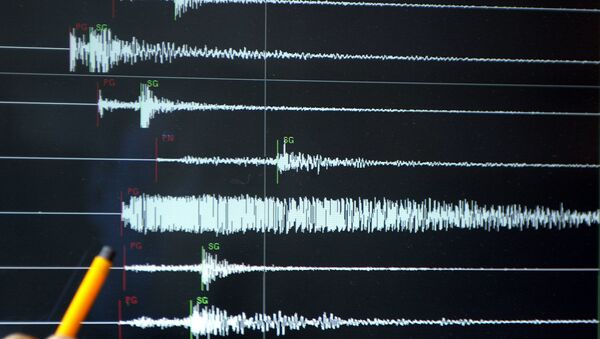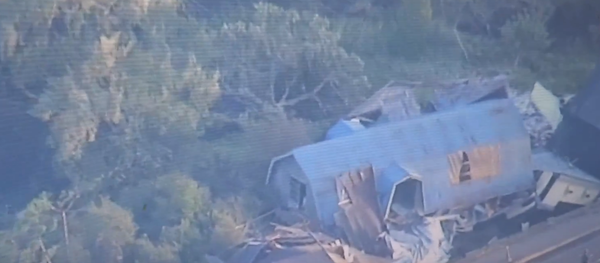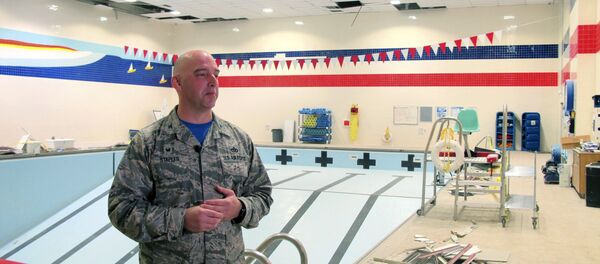The Japanese government's Earthquake Research Committee noted in its Tuesday report that there is a high chance that the earthquake's epicenter will be in undersea areas along the Japan Trench, which is part of the Pacific Ring of Fire off of northeast Japan.
The Ring of Fire is a 24,900-mile-long, horseshoe-shaped basin in the Pacific Ocean that houses a seismically active belt of earthquake epicenters and volcanoes. Sputnik previously reported that approximately 90 percent of the world's earthquakes are tracked back to this specific region.
Although the research committee indicated that there is a 0 percent probability of a similar 9.0-magnitude earthquake striking Japan as the one that hit the island nation in March 2011, it did note that future quakes registering a little lower on the Richter scale should still be regarded as a concern.
Up from 10 percent, officials noted that there is a 50 percent chance of a 7 to 7.5 magnitude quake striking in the next 30 years off the coast of Fukushima Prefecture, where the 2011 offshore earthquake triggered a 46-foot tsunami that eventually led to the Fukushima Daiichi nuclear disaster.
The report also pointed out a 20 percent chance of a 7.9-magnitude quake in the same timeframe occurring off of the Miyagi Prefecture, where past survey estimates suggested the likelihood was 0 percent.
"The possibility of a quake with a magnitude of up to around 8 along the trench remains high," Naoshi Hirata, chairman of the committee, told the Japan Times. "We want the public to keep in mind that strong quakes and tsunami will hit regions facing the trench again."
The Times reported that researchers' latest assessments are based off of surveys conducted since the 2011 quake, and that the committee has begun classifying potential risks in categories from 1 to 3.
"For regions in category 2, the likelihood of an earthquake over the next 30 years ranges from 3 percent to less than 26 percent, while for those in category 1, the probabilities are less than 3 percent," the outlet explained.
According to Kyodo News, the committee began to reevaluate its past conclusions, which were published in June 2018, in order to "reflect what it has learned over the years" since the 2011 earthquake.




